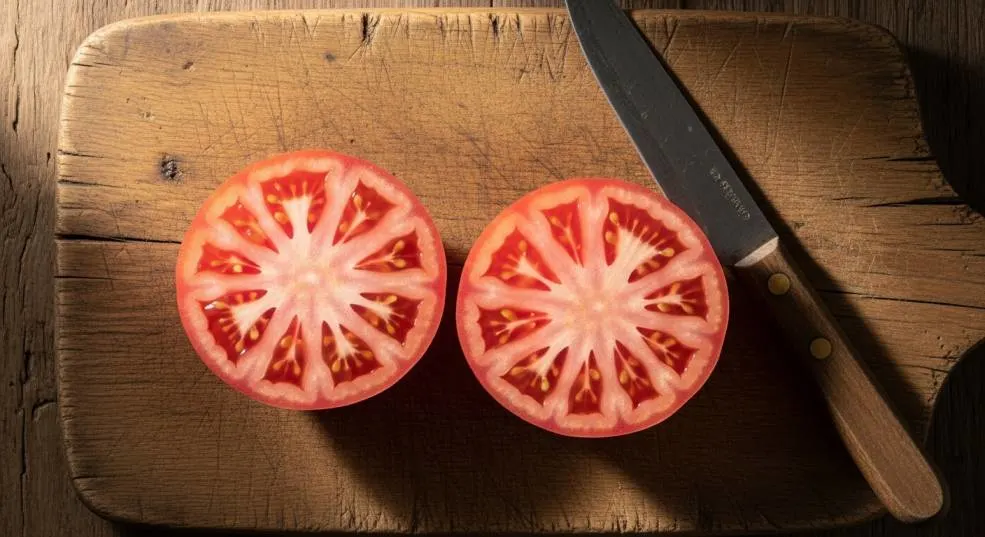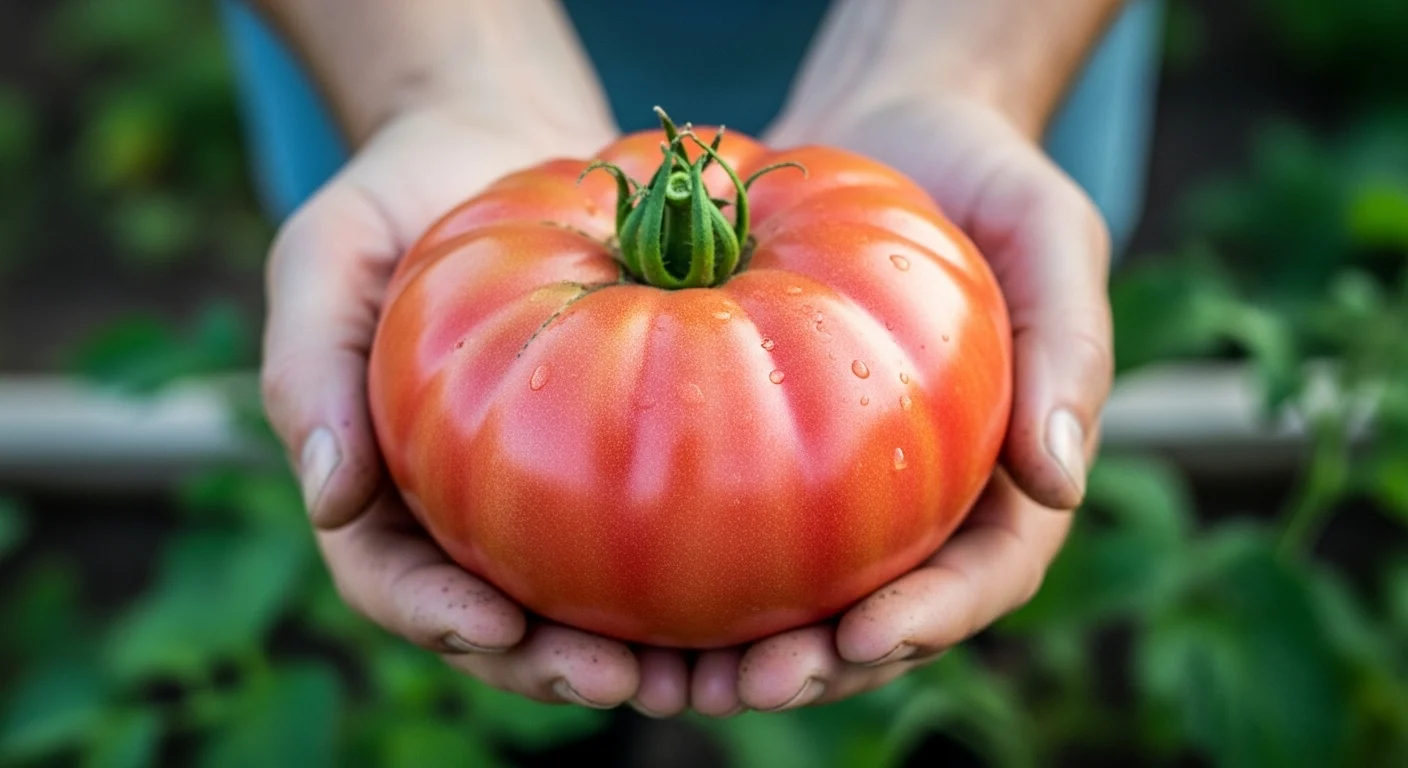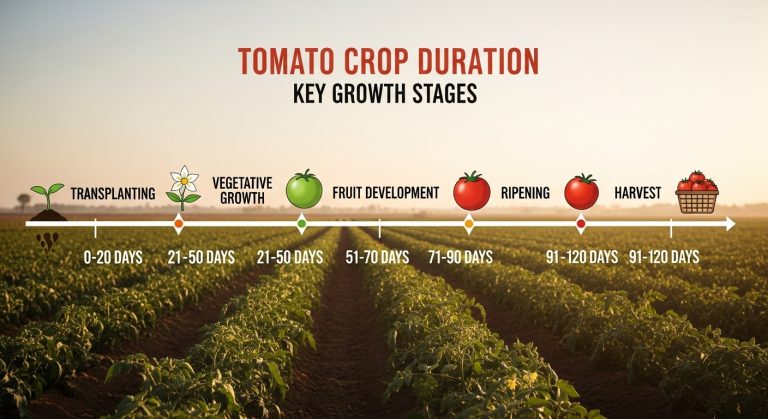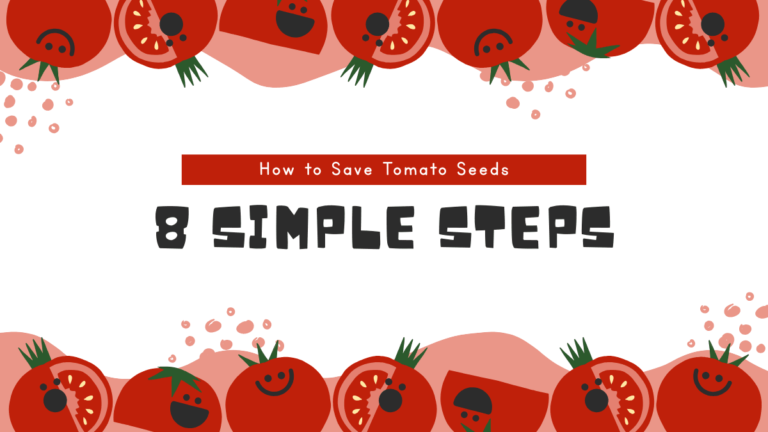So, you are trying to grow german pink tomatoes. Let me tell you a secret: the first time I bit into a German Pink tomato, I actually laughed out loud.
Not because it was funny, but because I couldn’t believe a tomato could taste that good.
It was like someone had taken everything wonderful about summer and packed it into one giant, rose-colored fruit.
And here’s the best part—you can grow these magnificent tomatoes in your own backyard, even if you’ve never grown anything before.
What Makes German Pink Tomatoes So Special?

Think of German Pink tomatoes as the gentle giants of the tomato world. These beauties can weigh up to two pounds each—that’s basically the size of a small grapefruit!
They have this gorgeous pink-red color that looks like a sunset, and their flesh is incredibly meaty with very few seeds. When you slice one open, it’s almost like cutting into a beefsteak, but sweeter and more flavorful.
Originally from Germany (surprise!), these heirloom tomatoes have been passed down through generations of gardeners who knew they had something extraordinary.
Unlike those hard, tasteless supermarket tomatoes, German Pinks are soft, juicy, and burst with a perfect balance of sweet and tangy flavor.
The Foundation: Starting Your German Pink Journey
Here’s where most people mess up, and I learned this the hard way. You need to start your seeds indoors about 6–8 weeks before the last frost date in your area.
Think of tomato seedlings like newborn babies—they need warmth, protection, and careful attention before they’re ready to face the real world.
Plant your seeds about a quarter-inch deep in small pots filled with seed-starting mix. Keep the soil consistently moist (not soaking wet, just like a wrung-out sponge), and place them somewhere warm, around 70-80°F.
I like to put mine on top of the refrigerator because it’s nice and toasty up there. Within 5–10 days, you’ll see tiny green shoots popping up, and trust me, it never gets old watching that magic happen.
Once your seedlings have their first “true leaves”—those are the second set of leaves that look like actual tomato leaves, not the initial baby leaves—move them under grow lights or to a sunny windowsill.
They need about 14–16 hours of light daily to grow strong and stocky.
The Transplanting Secret Nobody Tells You
Here’s an expert trick that’ll change your tomato-growing game forever: when you transplant your German Pink seedlings into the garden, bury them deep.
I mean really deep—up to their first set of leaves. If you want to master this crucial technique, learn exactly how deep to plant your tomatoes for optimal root development.
Wait until nighttime temperatures consistently stay above 55°F before transplanting.
German Pinks are warm-weather lovers, and cold soil will shock them into sulking for weeks. I learned this lesson after losing half my plants to an unexpected cold snap in May.
The Care Routine That Creates Prize-Winning Tomatoes
German Pink tomatoes are what we call “indeterminate,” which is just a fancy way of saying they keep growing and producing fruit until frost kills them.
They can easily reach 6–8 feet tall, so you absolutely need sturdy support. I use 6-foot tall stakes or heavy-duty cages, and I’m still amazed at how these plants try to outgrow them.
Water is crucial, but here’s the thing—consistency matters more than quantity. Give them a deep watering 2–3 times per week rather than a little sprinkle every day.
Think of it like this: you want the roots to grow deep searching for water, not stay shallow at the surface. I aim for about 1–2 inches of water per week, either from rain or my hose.
Feed your German Pinks every two weeks once they start flowering. Use a fertilizer that’s higher in phosphorus and potassium (the second and third numbers on the package) rather than nitrogen.
Too much nitrogen creates beautiful, lush green leaves but fewer tomatoes—and we’re here for the fruit, not the foliage!
The Pruning Secret for Bigger, Better Tomatoes
This is where you can really maximize your harvest. See those little shoots that grow in the “V” where a branch meets the main stem? Those are called suckers, and they’re energy vampires.
Pinch them off when they’re small, about 2–4 inches long. This redirects the plant’s energy into producing bigger, better-tasting tomatoes rather than more leaves and stems.
Also, once your plant has 4-5 fruit clusters, pinch off the growing tip at the top of the plant.
This tells the plant to stop growing taller and focus all its energy on ripening the tomatoes it already has. It’s like telling an overachieving student to stop signing up for extra classes and focus on acing the ones they’re already taking.
Harvesting: Timing Is Everything
German Pink tomatoes typically take 85–90 days from transplanting to harvest. They’re ready when they’ve turned that beautiful rose-pink color and feel slightly soft when you gently squeeze them.
Don’t wait for them to be rock hard—that’s not how these work. They should give a little, like pressing on a ripe peach.
Here’s a pro tip: pick them slightly early if you’re not eating them immediately. They’ll continue ripening on your counter and actually taste better than if you let them get overripe on the vine.
The Bottom Line
Growing German Pink tomatoes isn’t rocket science, but it does require attention and care.
These plants are like grateful friends—treat them well with good soil, consistent water, proper support, and regular feeding, and they’ll reward you with the most incredible tomatoes you’ve ever tasted.
That first bite will make every bit of effort worthwhile, I promise you that.




Leave a Comment